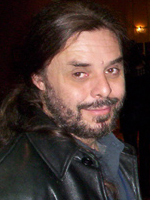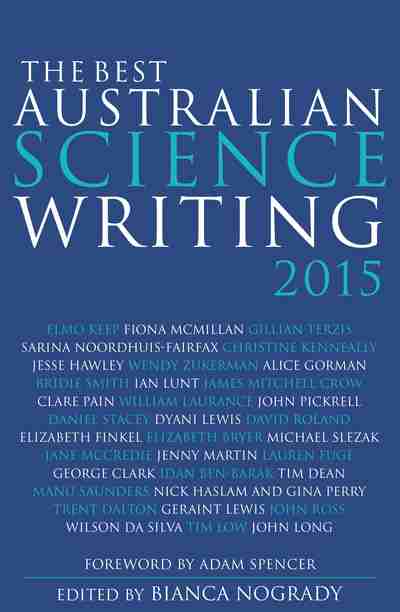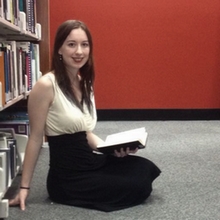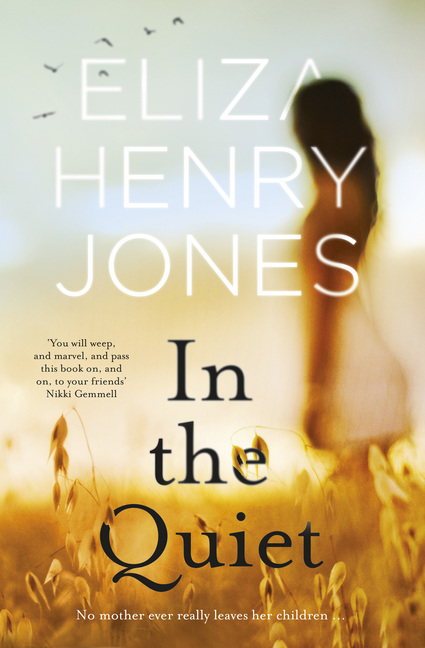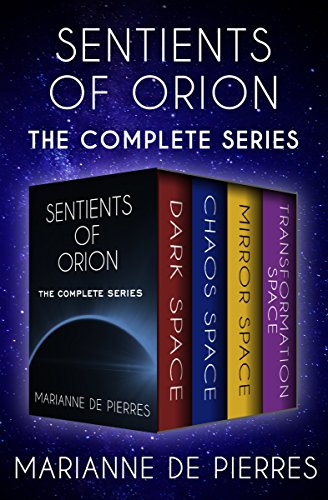
Joelene Pynnonen
Joelene Pynnonen embraces the life of an avid book lover in every way. Her household is ruled cruelly by a wrathful cat; and should a fire ever start it is doubtful that she would make it past the elegant stacks of novels to her room door. At least once a year she coerces her mother into watching the BBC mini-series of Pride and Prejudice with her, and will often follow up by re-reading the book.
When Tommi Greyson heads back to New Zealand, she is hoping to find out more about her paternal family. Her mother fled the country before Tommi was born, running as far from Tommi’s father as possible. Now that her mother is dead, Tommi feels as though she can find out who her father is.
She doesn’t expect to find that before he died, less than a month ago, he was the leader of a pack of werewolves. The most powerful pack in the Southern Hemisphere, in fact. After being attacked by her relatives and enduring a gruelling first change, Tommi is saved by an unlikely ally.
Lorcan is an immortal who has worked for Treize, the supernatural world’s justice system, for centuries. With his battle expertise, he is the best candidate to train Tommi in her new abilities, or to kill her if she becomes a threat.
Who’s Afraid? is the first novel in a new romantic paranormal series that introduces combative werewolf, Tommi Greyson. Paranormal romance is a relatively untouched genre for me. I’ve read a few books from the heavy hitters – Charlaine Harris, Laurell K. Hamilton, and Patricia Briggs – but haven’t really gotten in to any series. So it was good to find a fresh, new addition to the genre.
It’s a solid beginning. It introduces a world in which supernatural creatures exist and are kept in check by the Treize. Enough information is given about the world that the story is never confusing, but there a lot of questions yet to be answered. Lewis has kept the balance well. I’m intrigued to know more about Tommi’s werewolf family and whether the mysterious Treize is really as benevolent as Lorcan would have us believe; but I’m not frustrated that the answers weren’t in the first book.
Though Lewis covers a lot of ground in introducing her world, there’s so much more that could have been explored emotionally. While Lewis has introduced a diverse cast of characters, she’s done little to explore the intricacies of race, gender and sexuality. Tommi suffers from internalised racism, which is hardly surprising considering the narrative that her mother forced her to grow up with. But Tommi seems wholly unaware that she even has this issue, so there’s no point at which she tries to address the problem. While I kind of get it, I also kind of hate Tommi for being triggered by someone as gentle as Poc while not being fazed by white men crawling into her bed in the middle of the night, attacking her as part of her training, and also kissing her pretty roughly.
A lot of the elements introduced in Who’s Afraid? are a refreshing change from many of the urban fantasy or paranormal novels I’ve read. The introduction of themes such as the Maori culture, and growing up mixed-race in a white community and a white family work brilliantly in making this novel memorable. I’m hoping that future novels in this series will have Tommi reconnecting with her father’s family.
Who’s Afraid? has the potential for a fascinating new series. It will be really interesting to see where the next few books take Tommi and her friends.
Who’s Afraid? – Maria Lewis
Hachette (January 2016)
ISBN: 9780349411149




















